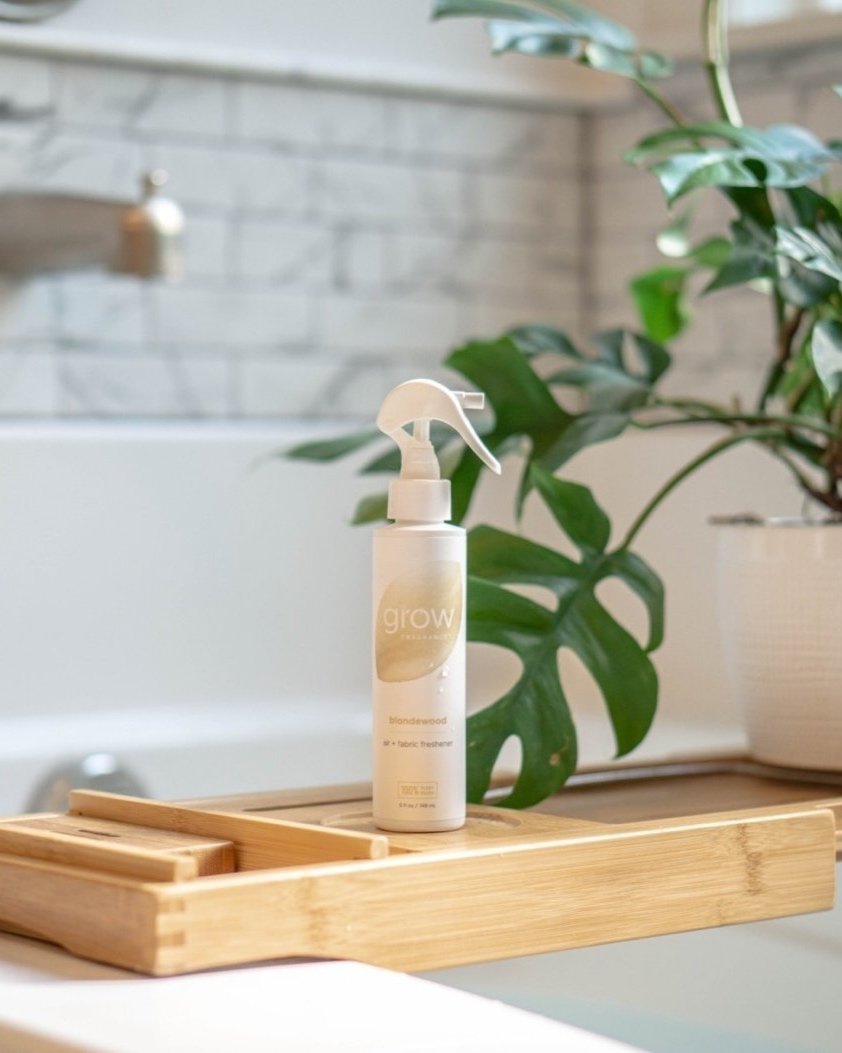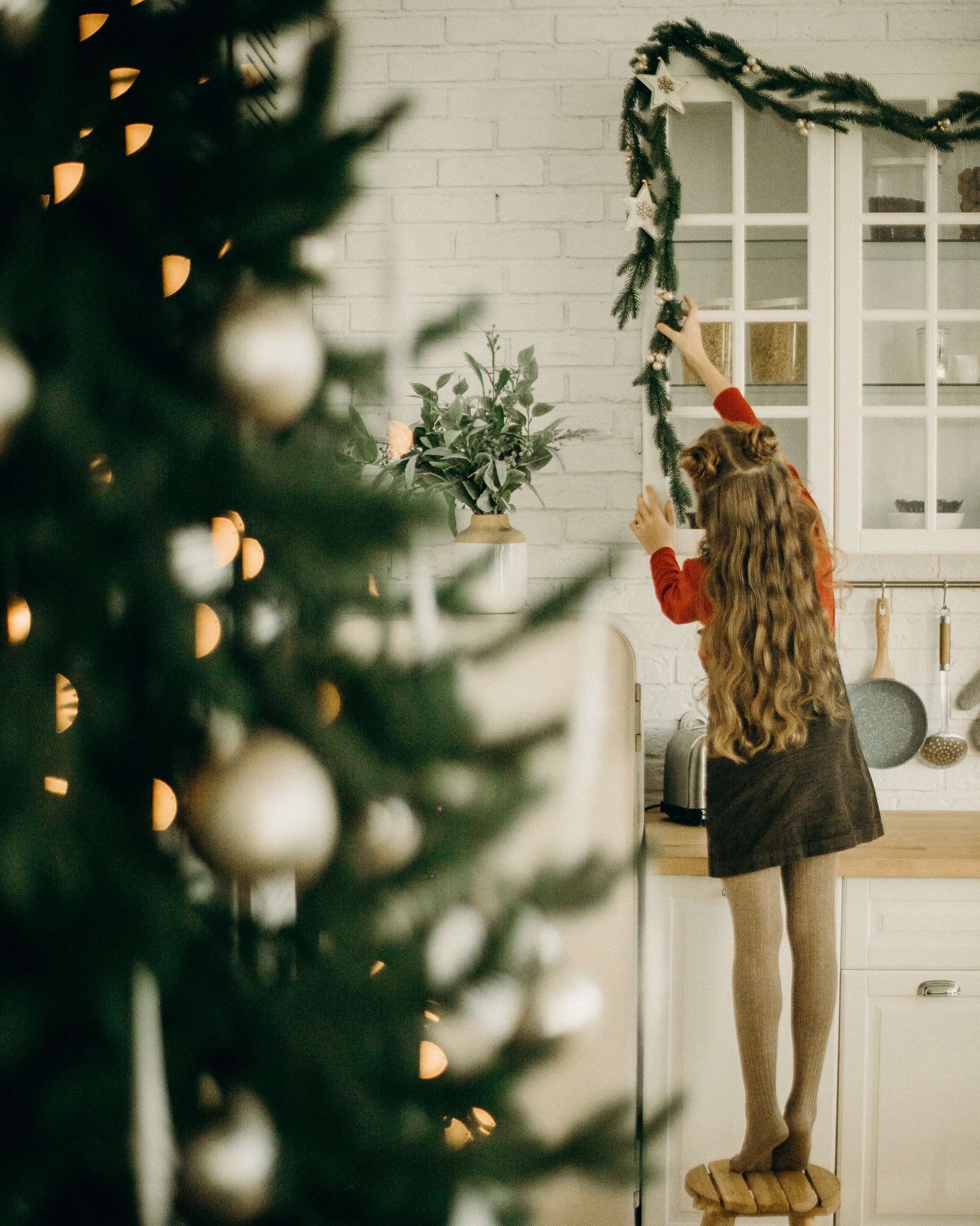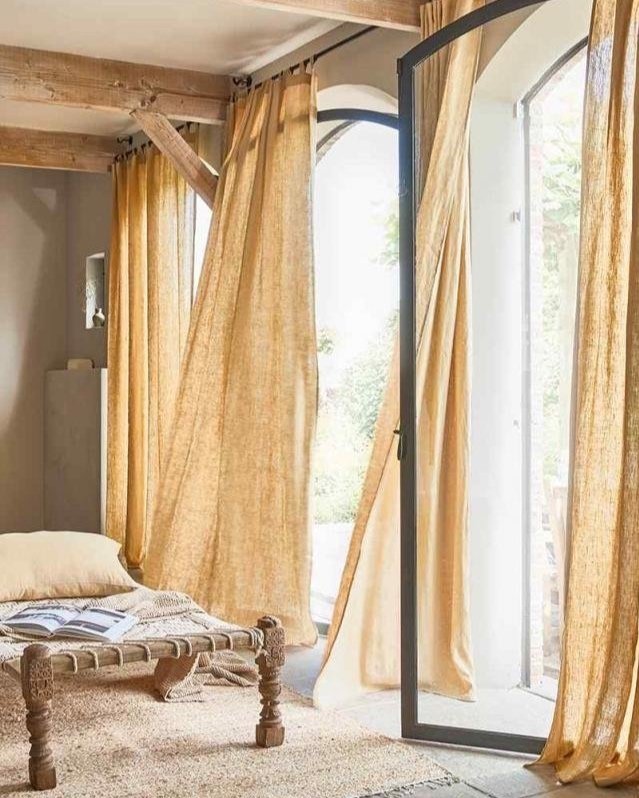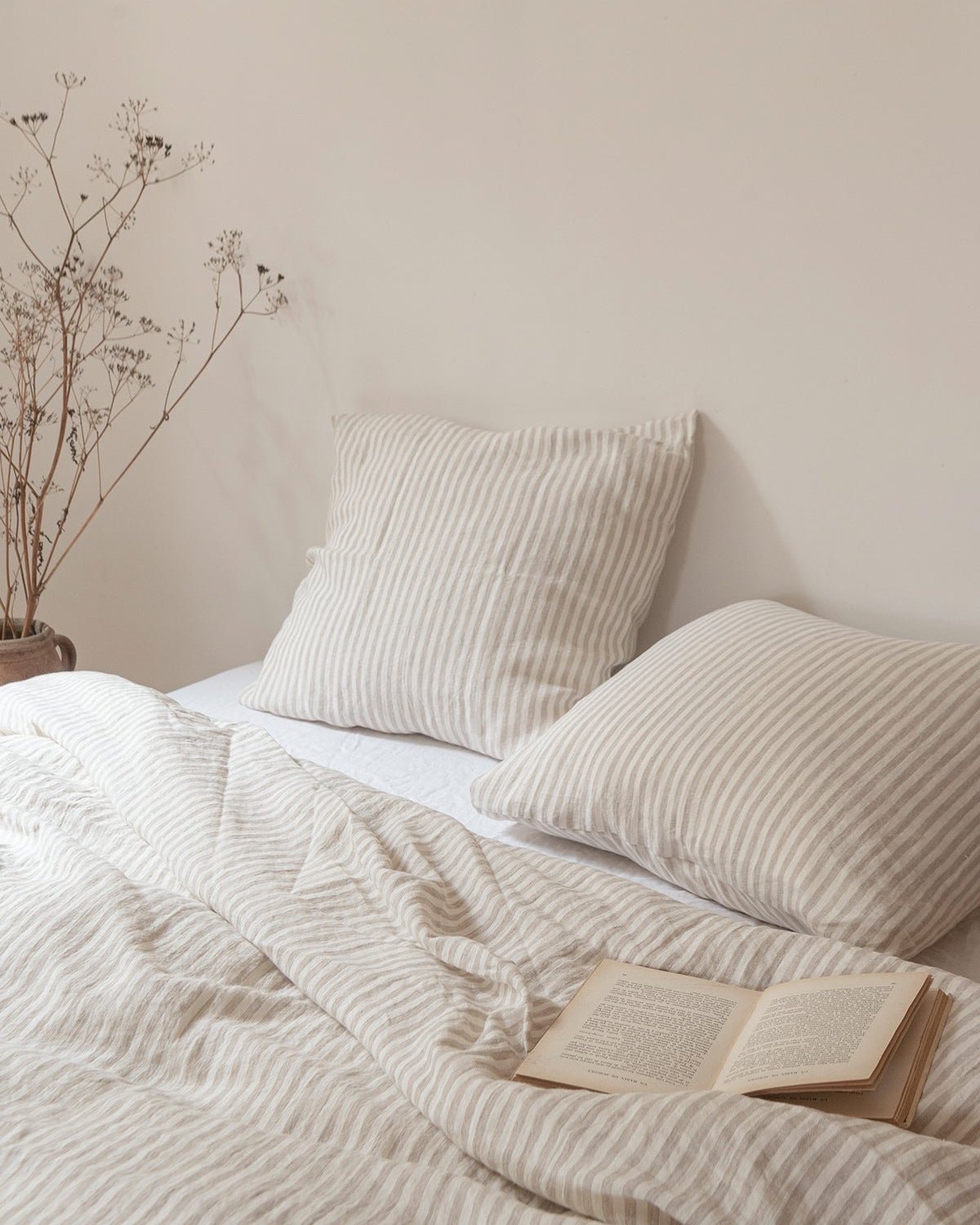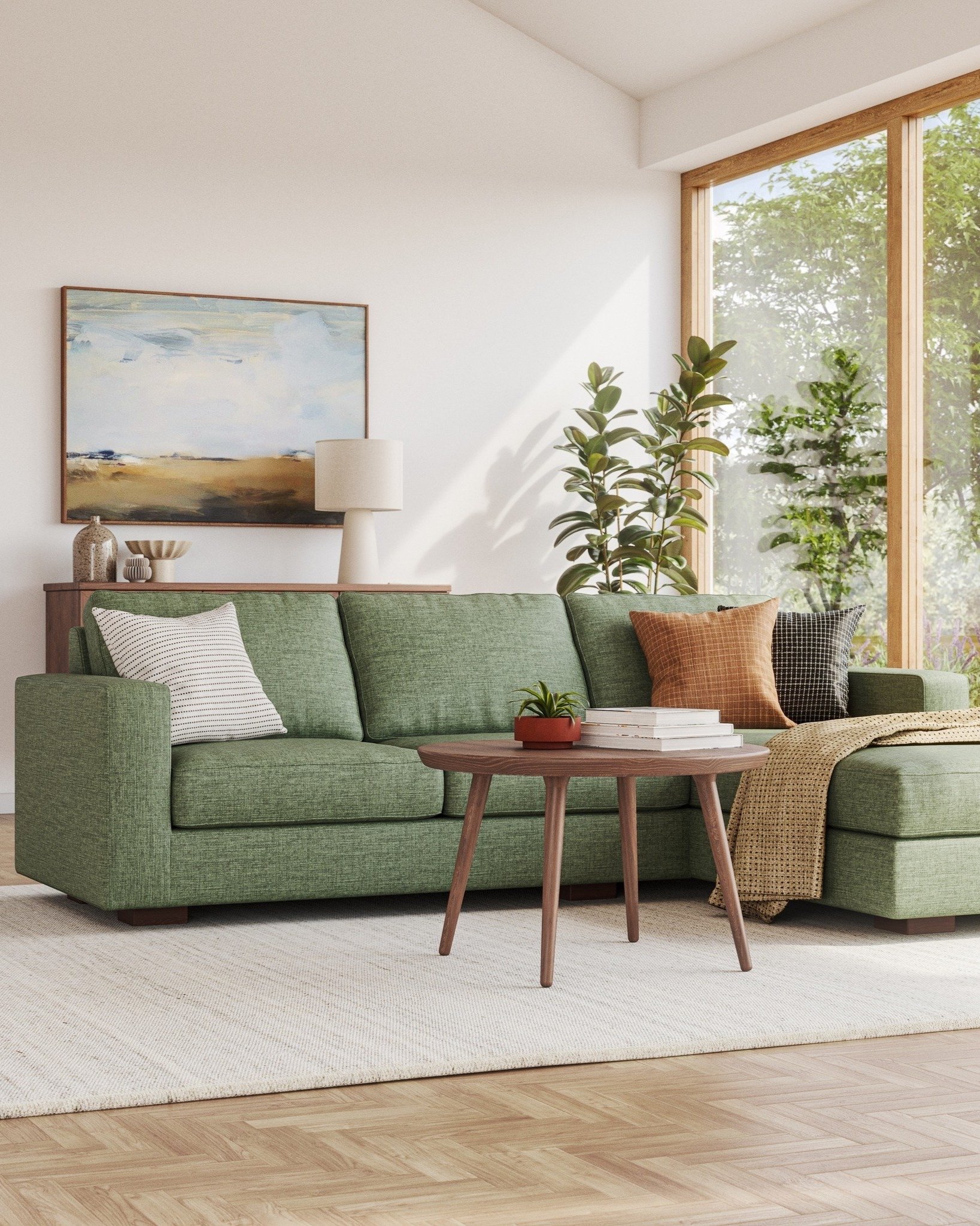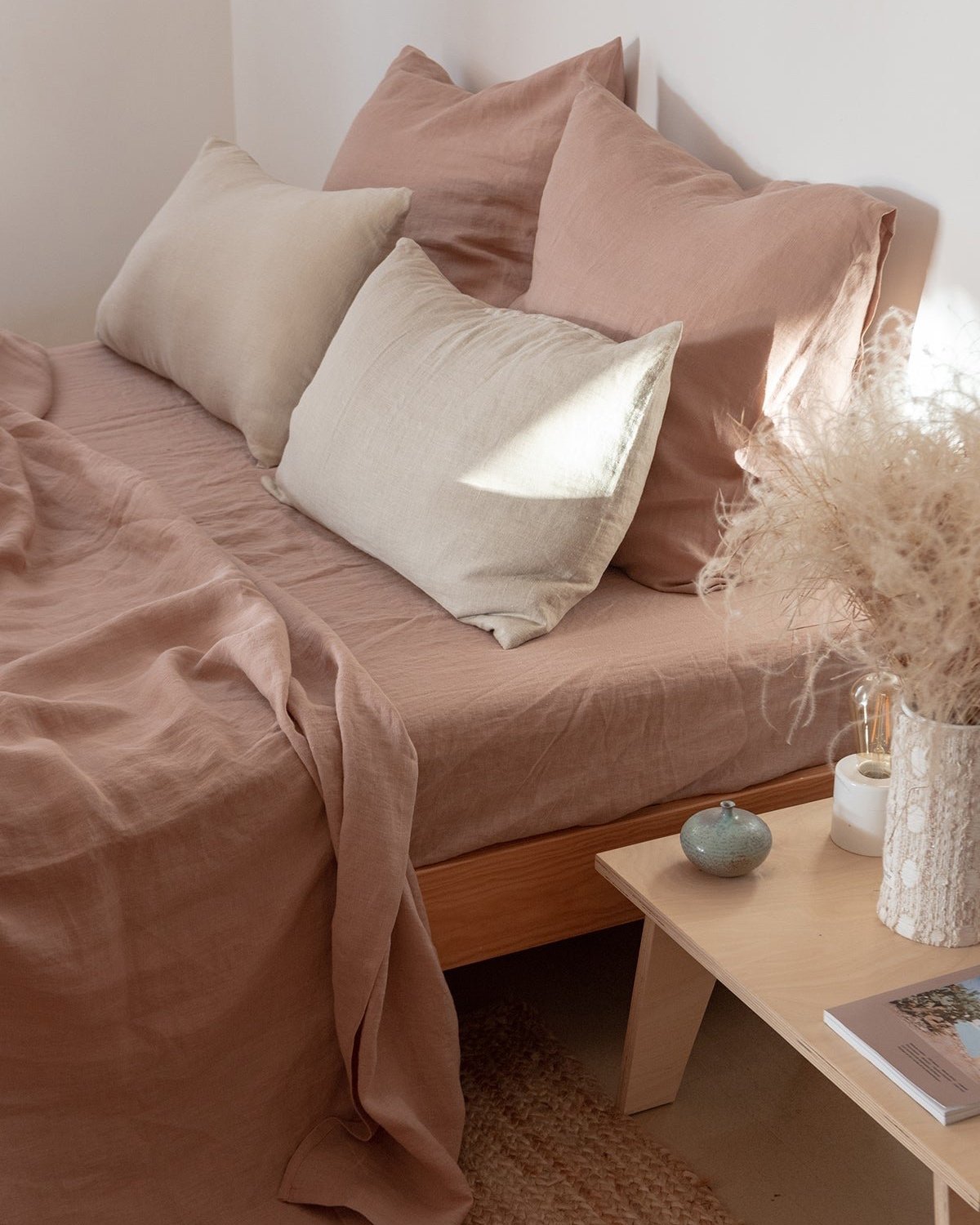Are Houseplants Actually Sustainable?
Are houseplants really green?
In 2020, when the pandemic hit, the demand for houseplants hit a record high. More than ever before, people wanted to bring a bit of nature and wilderness into their homes while they were stuck inside for a few weeks.
It is not surprising that the houseplant industry was booming during such a tough period. Plants make any room look calm and alive, and they help ease anxiety. Having a houseplant also means that you have something to care for. You get excited to see it evolve and grow new leaves.
There is no doubt that houseplants are nice to have around in our living spaces! But as plants remind us of the beauty of the natural world, we usually only see the positive aspects of them.
But how sustainable are they, really? How is this houseplant craze impacting our planet? You'll be surprised by the truth!
How bad are houseplants for the environment?
Mass-production in unsustainable greenhouses
The main issue with growing and purchasing houseplants is that most plants we buy in nurseries or stores are mass-produced in a handful of industrial farms that are extremely resource-intensive and have a huge environmental impact and carbon footprint.
For instance, plants are grown under strict heat and lighting conditions, meaning that a lot of energy is needed to produce them.
When we look at the whole production chain of houseplants, we can actually see that the biggest source of carbon emissions comes from heating those greenhouses.
Greenhouses need to be heated to always be at the correct temperature for optimal plant growth. Some of them can be as big as 160 acres, so imagine how much energy is needed to heat them!
And guess how all this energy is made? Those massive greenhouses often run on fossil fuels, thus contributing to climate change and pollution.
Counterintuitively, due to economies of scale, big farms are more fuel-efficient than smaller ones. Yet, we should not forget that they are still extremely unsustainable.
Those large-scale greenhouses also take up massive portions of land that would otherwise be home to trees and other carbon sinks. For example, Costa Farms uses about 4,000 acres of land to grow its plants, which is the size of more than 3,000 football fields!
Plus, growing thousands and thousands of plants on such a huge surface means that enormous quantities of fertilizer and water are used. Metrolina, the largest single-site heated greenhouse in the United States, uses a total of 1.5 million gallons of water each day!
This number is terrifying when we know that, around the world, 1.1 billion people lack access to water, and 2.7 billion suffer from water scarcity at least one month of the year.
Finally, it is important to note that not only are these huge greenhouses very unsustainable, but they are also making it harder for smaller ones to survive. Big producers grow plants at such a large scale that small farms cannot compete, and they struggle to make a profit.
"Plant miles"
Another major concern regarding the booming houseplant industry is that most plants are imported from faraway countries and travel hundreds, if not thousands of miles, before getting to our homes.
Transporting plants from where they are grown to the store shelf and then to their final destination, our homes, has a non-negligible environmental impact, and we need to take it into account.
That is how the concept of "plant miles" was invented. "Plant miles" refer to the total distance houseplants travel between the nursery and your home.
Generally, the higher the distance between the nursery, the store shelf, and your home, the more important the environmental footprint should be. Transporting plants over long distances, whether by air (especially by air!), water or road, generates a lot of carbon emissions. It is all the more true when transporting tropical plants that are imported and shipped from far away countries.
So, in general, buying native plants that are grown locally will be more eco-friendly than importing them. However, it is crucial to keep in mind that it is not always the case.
In some cases, producing plants in warmer climates (and then shipping them) eliminates the need for heated greenhouses, and thus, the carbon footprint can be lower than if the plants were grown locally in heated greenhouses.
For instance, growing plants outdoors in the Canary Islands and shipping them to the United Kingdom by boat usually generates fewer carbon emissions than if the plants were produced in heated greenhouses in the United Kingdom and delivered locally.
Another thing to remember is that sometimes, you may be geographically closer to a plant producer located abroad than a grower based in your own country. And if it is the case, it might be more sustainable to buy the foreign plant as opposed to the native one.
Let's illustrate it with the United Kingdom again. Most plants that are imported to the British Isles come from the Netherlands. However, many Brits geographically live closer to the Netherlands than many British producers. So it makes more sense for them to buy the Dutch plants if they want to lower the carbon emissions from shipping.
And here is a final thing we should be aware of regarding plant miles. Since indoor plants are shipped with thousands of other plants, getting a plant from a nursery to a garden center almost always generates fewer carbon emissions (per plant) than driving your car to the garden center and getting it to your home.
These are all important things to know whenever you wish to buy a plant to make the best decision and minimize the environmental impact of transportation.
We are running out of peat
The unsustainable production and transportation of houseplants are not the only issues we should all consider before our next visit to the garden center.
One thing we rarely think about is that most houseplants are grown in soil that contains peat, which also has an important environmental footprint.
Peat is an earthy substance formed by the partial decomposition of organic matter in waterlogged areas like bogs. It is regularly used in houseplants because it has the ability to retain oxygen and moisture, and it is sterile and cheap to produce.
However, harvesting peat is very unsustainable. The wetlands where peat is produced are carbon sinks, meaning that they store huge quantities of carbon: peatlands, as we call them, store a third of the world's soil carbon!
As a result, when we extract peat from the ground, we are not only destroying a carbon sink, but we are also releasing a lot of CO2 into the atmosphere, which contributes to climate change.
Another problem is that peat can take thousands of years to form and regenerate, and it is believed that commercial extraction can remove more than 500 years' worth of growth in a single year!
So the huge, growing demand for indoor plants we are observing now is depleting the world's supply of peat faster than it can be replenished.
To illustrate that, American greenhouse Metrolina alone uses 12 tractor-trailer loads of peat moss every single week. And it is only one single greenhouse. Imagine how much peat we are using to supply all the greenhouses and nurseries around the whole world?!
Plastic pots
Most houseplants are packaged in plastic, and more specifically, they often come in plastic pots. Sure, plastic pots are convenient, lightweight and easy to transport.
But, while some places accept them for curbside recycling, we usually cannot put plastic plant pots in our recycling bins. They are made from a range of different plastics, making it harder to sort and recycle them.
Many recycling centers do not accept them because they are considered contaminated or simply because they are made of black plastic. Black plastic pots cannot be detected by sorting machines, which means that they either get incinerated or thrown into a landfill, where they will take hundreds of years to break down.
In total, according to Marie Chieppo, Principal at EcoPlants Plans, 95 to 98% of all plastic plant pots end up in landfills!
We also need to remember that plastic pots are made using fossil fuels, which is one of the most polluting industries in the whole world.
Unfortunately, it is difficult to find houseplants that are not sold in plastic pots. Even though it might not be the most problematic issue you should consider when buying indoor plants, it is still something to keep in mind next time you visit your garden center.
Is it really that bad to purchase houseplants?
Now that we have analyzed the environmental impacts of the production and transportation of houseplants, you might probably think: does that mean I should stop buying indoor plants for my home?
We cannot say houseplants are sustainable, that is for sure! With what we saw, we can even state that buying houseplants is not eco-friendly at all.
But it is also fair to say that plants are well known for absorbing CO2 and emitting oxygen. However, the plant's ability to remove carbon from the air depends on the type of plant, how much water there is in the soil, and how light the room is. Plus, the more plants there are in the room, the more CO2 is absorbed.
According to environmental consultant Curtis Gubb, peace lilies and dracaena "Golden Coast" plants are the most efficient at reducing CO2 levels. But we would need to have many of them in a single room and even install additional lighting to observe a real difference.
Researchers found similar results when it comes to other types of air pollutants. For instance, some plants are able to remove higher amounts of volatile organic compounds and ozone from the air than other plants, but in total, the impact remains negligible. We would need a very high concentration of plants in one room, and even that would not make a huge difference.
So we cannot say that the plants' ability to sequester greenhouse gases plays a big role in reducing their overall environmental impact. Although the impact is positive, it is tiny and cannot offset the negative effects of houseplant production and transportation.
However, we can nuance some of the negative impacts: houseplants we buy at garden centers or nurseries are produced and shipped with thousands of other plants. Thus, each plant needs a tiny fraction of all the inputs, meaning that the environmental footprint of a single houseplant is limited in the grand scheme of things.
Like everything we buy, purchasing houseplants has a negative impact on the planet, but you do not have to completely stop buying them if they make you happy.
The key is to be aware of the fact that houseplants are not very sustainable (and why), but if we consume them mindfully and try to choose more eco-friendly options, we can still enjoy them without feeling guilty.
How to make your houseplant collection more sustainable?
If you still want to have indoor plants, here are a few tips that will help you be as sustainable as possible when it comes to your houseplant collection.
As with everything, the most eco-friendly plant is the one you already own. So if you already have some plants at home, make sure to take good care of them. Learn about how much water and light they need, and hopefully, they can live for many years to come.
If you want to add a few more plants to your collection, you can easily propagate them from cuttings or grow new plants from seeds.
You can also organize a plant swap with other plant lovers or look for beautiful plants second-hand on online selling platforms and local "Buy Nothing" groups. Getting a plant second-hand drastically reduces the environmental footprint of your "new" plant!
If you need to buy new houseplants, consider choosing peat-free plants or plants that don't need peat, like cacti or orchids. And do not forget to use a peat-free potting mix when you need to repot your plants. Also, why don't you ask your houseplant supplier to go peat-free? It will show him there is a demand for peat-free plants, and he might decide to make some changes!
Another thing to keep in mind is that some houseplants are made to die relatively quickly, such as sprayed cacti, chrysanthemums and poinsettias. So avoid buying those if you want more eco-friendly indoor plants or simply plants that will last for years.
Always try to support suppliers who grow their plants organically, without the use of pesticides or chemical fertilizers. Plus, to reduce "plant miles", go for native plants that are produced near you, and preferably some that are grown outdoors or in non-heated greenhouses.
You should also remember to pick plants that do not come in plastic pots if it is possible or available to you. But if it is unavoidable, consider reusing them or finding a place nearby that recycles them. Lowe's, The Home Depot and some nurseries take them back and offer to recycle them.
If you grow your own plants from seeds or cuttings, terracotta pots are a great alternative to plastic pots, and they look so much nicer!
A final tip to be more eco-friendly with houseplants is to collect rainwater to water your plants. Whether you have a rainwater collection system in your garden or if you simply put a bucket out on your balcony to collect rainwater, doing so will make you save a lot of water in the long run. Not to mention that rainwater is better for your plants, so it is a win-win situation!
Conclusion
Like most things we buy, houseplants are far from being sustainable. They are often grown in massive greenhouses that are very resource-intensive and that have a large carbon footprint.
Most indoor plants also travel over long distances before arriving in our homes, contributing even more to their environmental impact.
They are usually grown in soil that contains peat, which we are slowly but surely running out of. And finally, most houseplants are sold in plastic pots that are hard to recycle and that almost always end up in landfills.
All those issues are problematic, but it does not mean you should give up on houseplants entirely. By consuming them mindfully and applying a few simple tips to minimize their environmental footprint, you can continue enjoying them guilt-free. Every little bit helps!
About the Author:
Eva Astoul is a French freelance writer, specializing in content related to sustainability, simple living, and a growth-focused healthy lifestyle.
She runs her own blog, Green With Less, to inspire people to live a more minimalist and sustainable life.
MAKE SURE TO PIN THE PHOTO BELOW TO SAVE THIS POST FOR LATER!
WANT MORE SUSTAINABLE BRANDS? VISIT OUR BRAND DIRECTORY!
Our Brand Directory is home to hundreds of sustainable brands, from makeup to cleaning supplies, from underwear to shoes. We have broken everything down by category for easy shopping, along with discount codes unique to Sustainably Chic viewers.
















